Virtual Reality - A game changer for Architects and their Clients
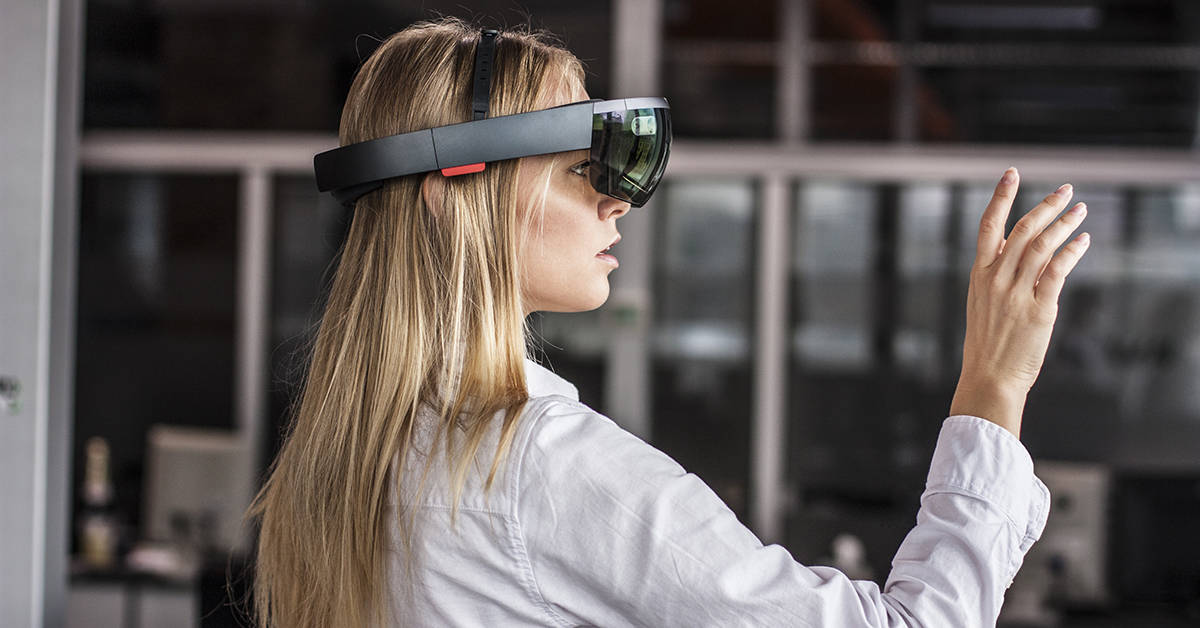
In today’s computer reliant world, Virtual Reality is no longer the sole domain of gamers. It is now entering mainstream use as a revolutionary technology finding application in a diverse range of professions from design to medicine. Virtual Reality is set to transform the way Architects work. It provides a fully immersive experience set to improve the way we design and present projects to Clients, Consultants and Builders.
Successful architecture is dependent on good communication, between Architect and Client, and Architect and Builder. In recent articles we have provided an overview of tools past and present that Architects use to translate their design intent to others (Reading Architectural Drawings 101 Part A).
Consequently, if this communication is not efficient the result can fail expectations. This can be as a result of the Client not being able to convey their desires to the Architect effectively. Similarly, if the Architect does not successfully demonstrate their design vision to the Client, then the result can also miss the intended outcome. The consequence is often design variations during construction. This is the costliest time to introduce design changes.
Similarly, if the documentation illustrating the design prepared by the Architect does not include sufficient detail for the builder to comprehensively understand the required design intent, then further variations can be incurred during construction.
Not everyone can visualise 3D spaces from reading 2D drawings or viewing images. In the past, the Architect has employed various presentation methods to attempt to illustrate the design outcome. These range from freehand vignette sketches, physical scale models, to photo realistic computer-generated images (CGIs) or animated fly throughs.
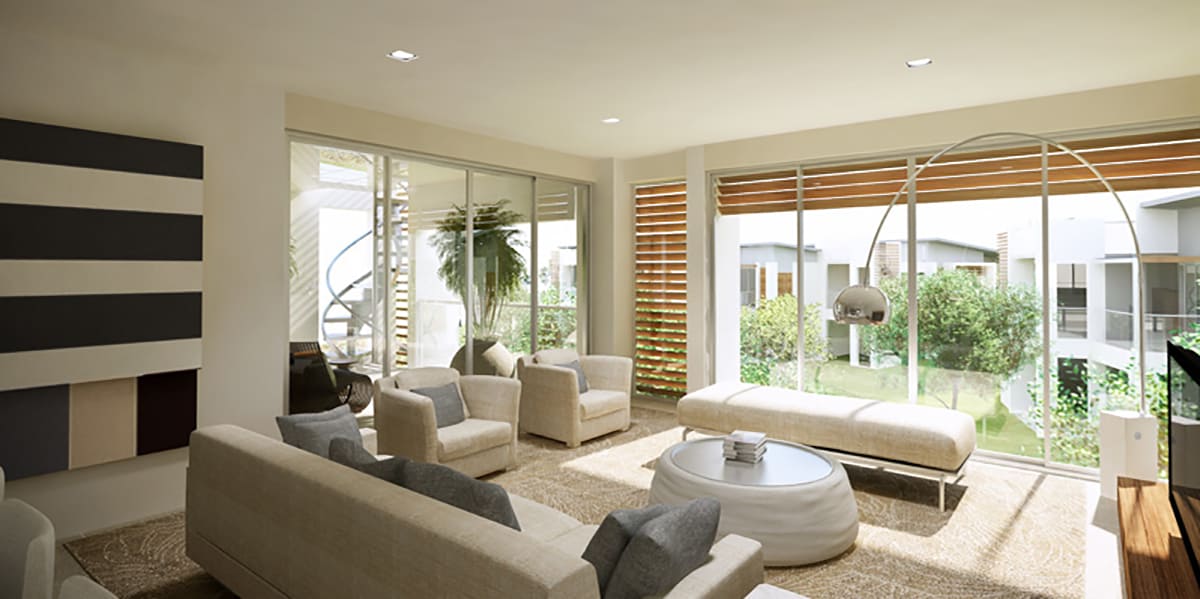
Unfortunately, these tools often only “paint half the picture”.
Important design nuances can still be lost in translation. Appreciating the sense of space a room conveys is necessary. The impacts of natural and artificial lighting on various surfaces at different times of day must be considered. Until recently, the views achieved from different locations could only be assessed successfully firsthand, in “reality” during construction.
Even then, it is a well-known phenomenon the perception of spaces continually change during construction. A bare concrete slab can often make a building appear to be much larger than expected. Walls and ceilings without linings can make rooms appear smaller. Painted finishes can make a space much lighter or darker.
Fortunately, technology is now offering practical solutions with computer-generated artificial realities. These currently consist of three interrelated technologies. Virtual reality (VR), augmented reality (AR), and mixed reality (MR).
VR implies a complete immersion experience that shuts out the physical world. Using VR devices in an architectural context, users can be transported into an artificial version of the proposed design.
In contrast to VR, AR superimposes digital objects/imagery into our physical world. This is done through the camera on a smartphone, tablet, or special AR viewer. Examples of augmented reality experiences include Snapchat lenses and the game, Pokemon Go. Watch this short video that illustrates an architectural application of AR as viewed through a headset.
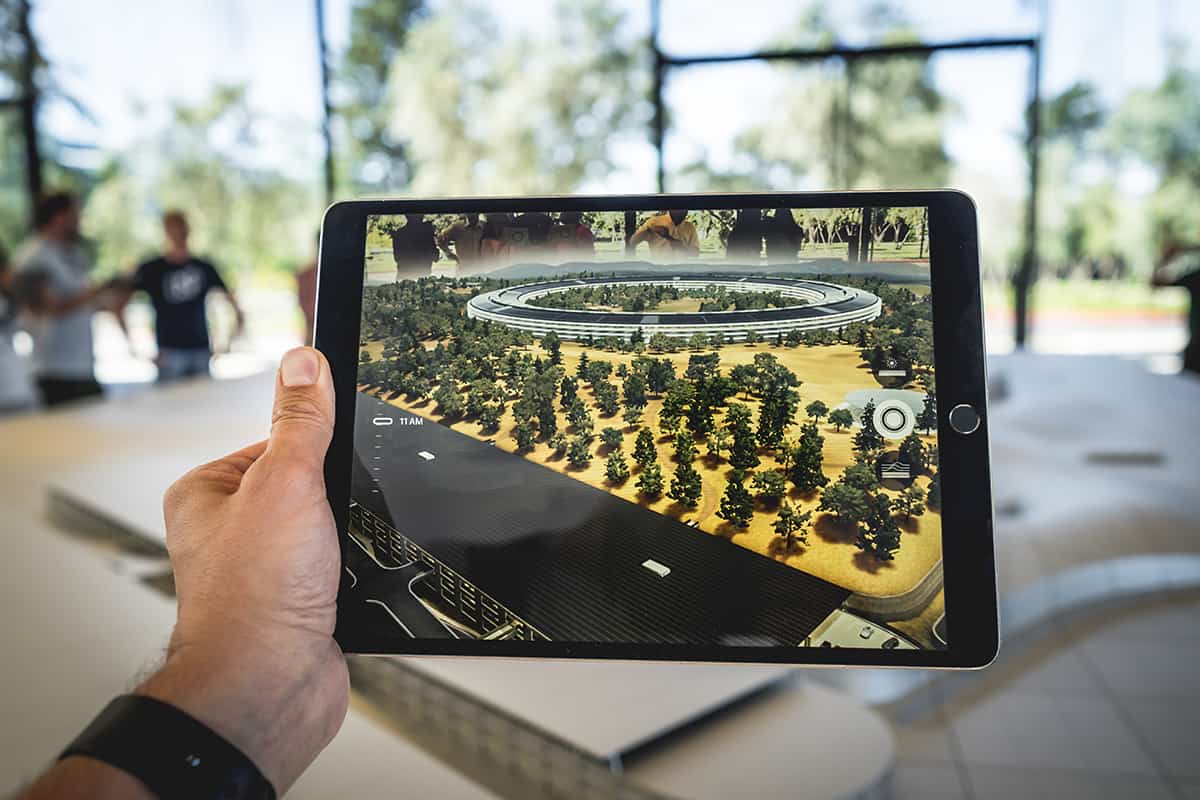
MR combines elements of both AR and VR, real-world and digital objects interact. Microsoft Hololens is an example of this technology.
All VR and AR used for architectural purposes requires a 3D model to be created using one of the many 3D computer design programs available. These include Sketchup, Archicad or Revit and their associated plugins. These can enhance the original 3D models to create photo realistic results.
VR offers a new more realistic way to experience the 3D model.
The computer, smart phone or tablet screen is replaced with a headset. As a result, when VR users look around or (in more advanced headsets) walk around, the view adjusts in the same way that it would in reality. Moving through the artificial environment, the user teleports themselves to different locations. This is done through using a wand, a touch screen, or simply using their hand as a remote controller. Hand gestures let the system know what you want to do.
VR presentations can be set up in any space. For that reason, the larger the room, the further you can walk within the perceived environment. The limits of the real environment are identified by a virtual “grid fence”. This appears and warns the user that if they continue moving forward, they will bump into actual physical walls or objects within the presentation space.
Watch VR Virtual Architecture with Unreal Engine 4 on Oculus Rift to see how it works.
The experience can be made even more immersive by the addition of headphones to block out background noise. Adding an appropriate audio track replicating sounds likely to be heard in the virtual environment makes the sensory experience even more realistic.
Using VR for presentation purposes allows Clients to sense the volume of different spaces. It shows them finishes selected for different surfaces. They are able to assess the location of windows and openings to understand the impact they have on access, views and natural lighting.
This type of presentation allows the client to interact directly with the design and participate more meaningfully in the creative process.
VR is not just a valuable means of presenting a design to a Client or Builder. It can also be used as an effective design tool. Creating a computer-generated 3D model for use in VR requires a much higher level of detail to be incorporated into this model than might normally be considered necessary.
Every visible surface needs to be modelled and the construction detailing fully resolved. Failure to do so will highlight design deficiencies when viewed in this artificial reality. These can then be addressed and corrected before they become evident when presenting the design to other stakeholders, and well before the design is actually under construction.
Designing within the VR environment is also possible. The mouse is replaced with a wand or other device that allows the design to be manipulated in 3D rather than on a 2D screen.
Collaborative VR allows multiple users to attend virtual design or presentation sessions within the 3D environment. They can meet collectively in the same room, or remotely from different locations. A 3D version is used as an alternative to the 2D screen sharing currently used for video conferencing.

VR is also an important educating tool. Users of VR typically learn how to visualise better.
This technology is still only in its infancy for architectural applications and will continue to develop rapidly as it is adopted by more users.
There are still several critical challenges software designers need to overcome.
- Creating a realistic environment where materials reflect light in a natural way.
- The immense amount of computing power needed to process the graphics.
- The need to wear a headset, often appearing like having a brick strapped to your face.
- Increasing the resolution of the headsets to eliminate any pixilation.
- Overcoming the human factor. Many users suffer motion sickness from the disorienting experience.
- Creating simple intuitive programs allowing users to easily use the VR software.
VR is the focus of many leading technology companies including Google and Microsoft.
These companies are developing ways to integrate VR with other technologies such as artificial intelligence. This is with the aim for users to enjoy a more immersive experience.
Future improvements will allow Clients to interact with objects within the virtual environment. Being able to open and close doors, switch on and off lights, even turn on taps. Who knows, eventually a sense of touch may also be possible.
This is the exciting future of architectural design and presentation as we know it and will become part of the selection process when Selecting an Architect.
LDS can provide Client’s with VR design presentations of their designs. Contact us today to find out more about how you can experience this exciting technology first hand.
You might also be interested in...

The Rise of Paradise
From a seaside holiday village to a bustling metropolis. An insight into the evolution of high-rise towers on the Gold Coast.

Top Tips for Building to a Budget
Designing to a budget when building is important. In this article we outline useful tips to assist you in achieving your goals.

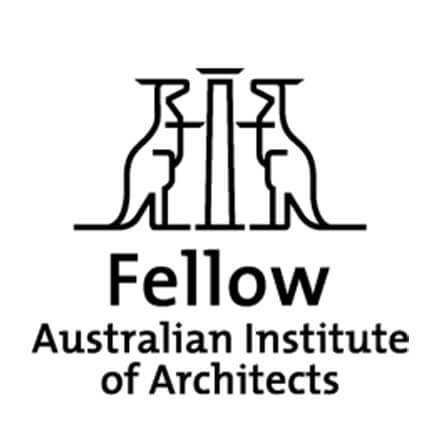

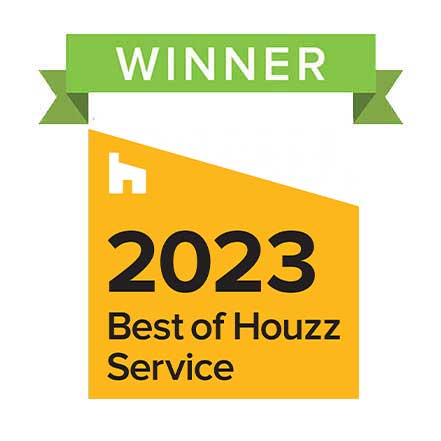
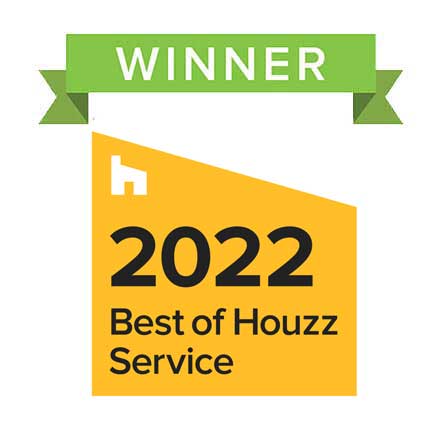




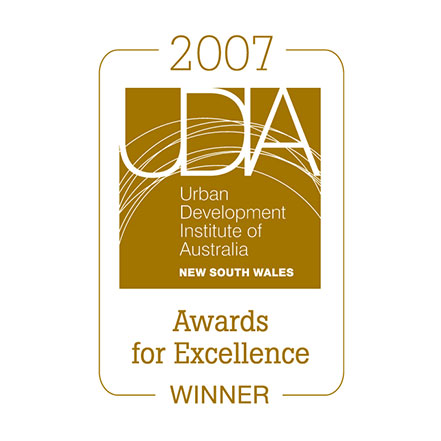
0 Comments